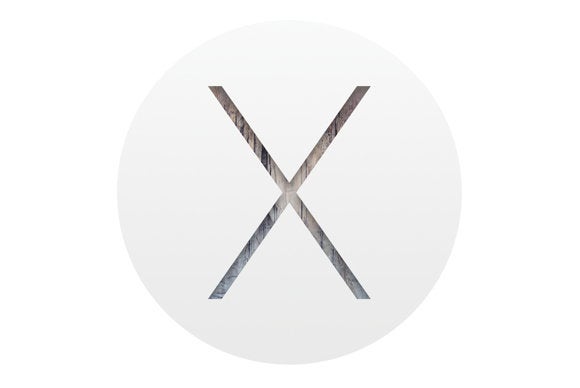Mavericks OS X is the latest update from the Apple for the MAC users. The new OS update is available as a free download via the App Store. On the same day we posted an article 2 Ways to Create Bootable Mavericks OS X USB Drive. But most of the users are looking for the way to create a bootable Mavericks ISO disc. Today we found a new guide which allows you to create the ISO disc from the Mavericks OS X installer package, with this way you can easily install the new OS on multiple systems.
The process is simple and take only five to ten minutes to complete the process. All you have to enter some commands on Terminal app and you will create the ISO image of the new OS X. So, to create a bootable ISO file from the Mavericks App, Download OS X Mavericks here and If it tries to start the installation, just close it. Other wise you will lose the installation package from your hard drive. After that follow the steps below.
Read Also:Guide to Create Bootable USB Disc of Yosemite OS X
Read Also:Guide to Access Secret Wallpapers in Mavericks OS X
Create Bootable ISO from Mavericks App
Luckily, making a bootable installation of the Mac operating system became a whole lot easier when Apple launched OS X Mavericks back in 2013. With that version of Mac OS X, and all versions since. Install Disk Creator will automatically detect your 'OS X' installer file. If you have an old installer file from El Capitan or Yosemite installed, you might have to choose 'Select the OS X installer' button, then navigate to your Applications folder and select 'Install macOS Sierra.' Step 5: Erase & Create the New Disk.
Open the Terminal app on your Mac and run the following Terminal commands one by one.
# Mount the installer image
hdiutil attach /Applications/Install OS X Mavericks.app/Contents/SharedSupport/InstallESD.dmg -noverify -nobrowse -mountpoint /Volumes/install_app
# Convert the boot image to a sparse bundle
hdiutil convert /Volumes/install_app/BaseSystem.dmg -format UDSP -o /tmp/Mavericks
# Increase the sparse bundle capacity to accommodate the packages
hdiutil resize -size 8g /tmp/Mavericks.sparseimage
# Mount the sparse bundle for package addition
hdiutil attach /tmp/Mavericks.sparseimage -noverify -nobrowse -mountpoint /Volumes/install_build
# Remove Package link and replace with actual files
rm /Volumes/install_build/System/Installation/Packages
cp -rp /Volumes/install_app/Packages /Volumes/install_build/System/Installation/
Make Bootable Usb Os X
# Unmount the installer image
hdiutil detach /Volumes/install_app
Linux Bootable Installer
Download via google drive. # Unmount the sparse bundle
hdiutil detach /Volumes/install_build
# Resize the partition in the sparse bundle to remove any free space
hdiutil resize -size `hdiutil resize -limits /tmp/Mavericks.sparseimage | tail -n 1 | awk ‘{ print $1 }'`b /tmp/Mavericks.sparseimage
# Convert the sparse bundle to ISO/CD master
hdiutil convert /tmp/Mavericks.sparseimage -format UDTO -o /tmp/Mavericks
# Remove the sparse bundle
rm /tmp/Mavericks.sparseimage
# Rename the ISO and move it to the desktop
mv /tmp/Mavericks.cdr ~/Desktop/Mavericks.iso
Now the mavericks ISO Image files is created and you will see the ISO file on your desktop. If you want to convert the ISO file into DMG, then you will use the Disk Utility to convert it to DMG file if needed.
Now you will use the ISO file or DMG file on your disc or USB drive to install the new OS on your multiple MAC.

Source
